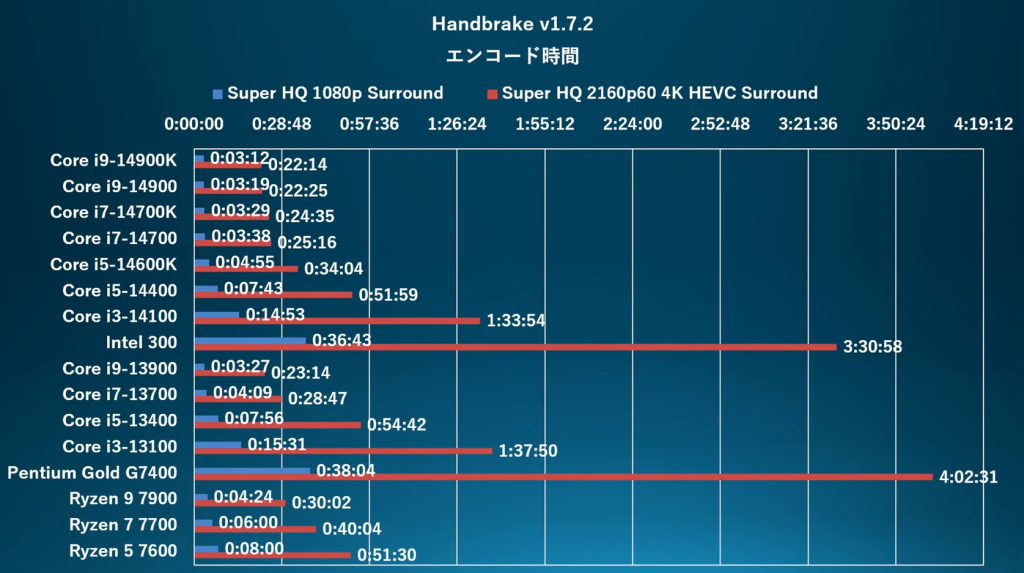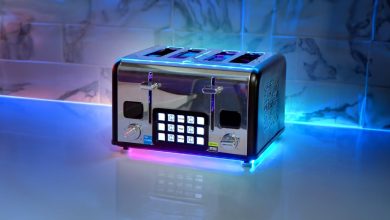Intel Processor 300 Tested & Pictured With a Raptor Lake Design

A few days ago, Intel revealed its Raptor Lake Refresh non-K family alongside the flagship HX series. Amongst the launched processors, a special entry was the Intel Processor 300, sporting 2 cores and 4 threads. This processor is termed the successor to the Pentium Gold G7400, since Intel has made the Pentium and Celeron series obsolete.
Intel Processor 300: A Modern Day Dual-Core Processor
From Intel’s own website, the Intel 300 has 2 performance cores and 4 threads, although the microarchitecture hasn’t been specified. That should not be of any concern since Golden Cove and Raptor Cove are not much different in terms of IPC.
The processor clocks at 3.9GHz and has 6MB of cache with a base TDP of 46W. PC Watch recently reviewed the entire 14th Gen non-K lineup, including the Intel 300. The Intel 300 comes in a full-fat Raptor Lake package, with ‘acceptable’ performance for its kind to say the least.
Performance: Synthetic & Games
The CPU scores 216 points and 88 points in the CB 2024 single-core and multi-core test respectively. , while the single-core score is modest, at best, you’d get 2x more performance with the i3-14100 sitting at 490 points.
The Pentium Gold G7400 on the contrary is neck to neck against the Intel 300, quite concerning I’d say.

Handbrake is where many would panic after seeing the painstakingly long 3 hours and 30 minutes taken by the Intel 300, but that is still much better than the G7400’s 4 hours and 2 minutes. For context, the i9-14900 took just 22 minutes in the same test.

Moving over to games, something which isn’t this processor’s forte and purpose without a doubt, there are minor improvements. In Call of Duty the Intel 300 is 9% faster than its forerunner. This may look playable, but as all testing was conducted on an RTX 4090, the dual-core design became a serious bottleneck.

In Cyberpunk 2077, the lead is almost within the margin of error. I mean, it isn’t a surprise since both chips use the same underlying architecture. All modern AAA games require at least a hexacore processor and to prove our point, the i5-14400 scores 3.2x more FPS than the Intel 300.

What Purpose Does it Serve?
The Pentium and Celeron series were low-end offerings, powering SFF builds and NAS servers. Much like the G7400, the Intel 300 also comes in a chonky Raptor Lake package, though that’s necessary due to compatibility concerns with the LGA 1700 socket.
At $82, the i3-14100 is a much better buy given its higher performance at a marginally higher price. Which CPU would you buy for your Home Theater PC? Tell us in the comments.
Source: PC World





